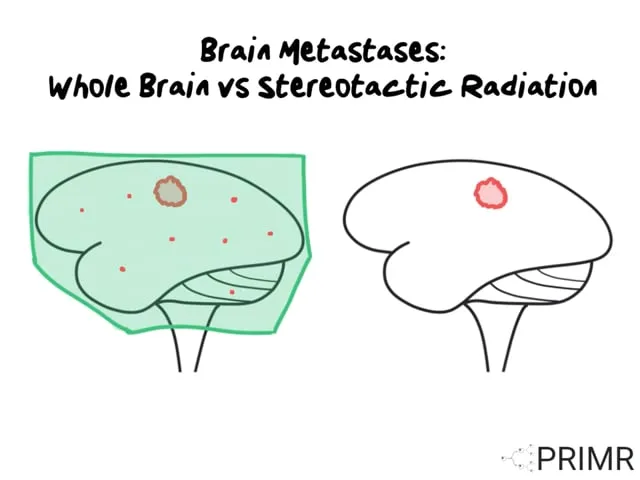Glioblastoma and How it is Treated
Glioblastoma is a very aggressive type of brain tumor. In this video we review the symptoms, diagnosis, treatment and post-treatment follow up.
FAQs:
What specific factors influence the decision between performing a biopsy versus going directly to surgery for a GBM diagnosis?
This often depends on the tumor's location, size, and the patient's overall health condition. For tumors in areas of the brain that are hard to access or in patients who may not tolerate a full surgical procedure well, a biopsy might be chosen to confirm the diagnosis with minimal risk. In cases where the tumor is in a more accessible location and the patient is in good condition, direct surgery to remove as much of the tumor as possible might be preferred, both for diagnostic and therapeutic purposes.
Are there any specific criteria or conditions that make a patient eligible for Tumor-Treating Fields (TTF) therapy?
Patients with newly diagnosed glioblastoma (GBM) who are candidates for standard treatment with surgery, radiation therapy, and temozolomide chemotherapy are good candidates for tumor treating fields (TTF) therapy. TTF has been approved by the FDA for use in newly diagnosed GBM patients after they complete the initial surgery and chemoradiation treatment. It is delivered via the Optune device which applies alternating electric fields to the brain tumor region through adhesive arrays placed on the shaved scalp.
For recurrent GBM patients whose tumors have progressed after previous treatments, TTF can also be used as a monotherapy or in combination with other treatments. Overall, TTF provides a novel, non-invasive treatment option that has been shown to extend survival for certain GBM patient populations when added to standard therapies.
How do doctors and patients decide when it is appropriate to transition to supportive care alone for recurrent GBM?
This decision is often based on the tumor's response to previous treatments, the availability of further effective treatment options, the patient's quality of life, and their wishes. The goal of supportive care is to maintain the patient's comfort and quality of life when further aggressive treatment is not desired or is unlikely to offer benefit. Ultimately, supportive care alone for recurrent GBM involves a detailed discussion between the patient, their family, and the healthcare team.







